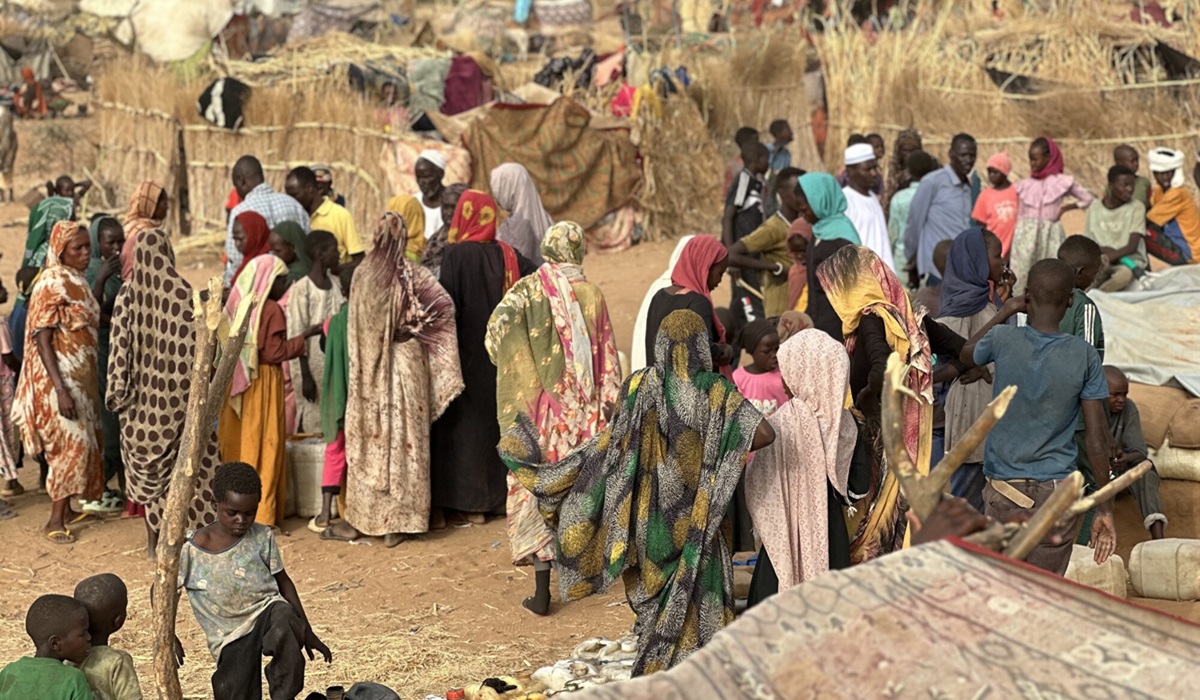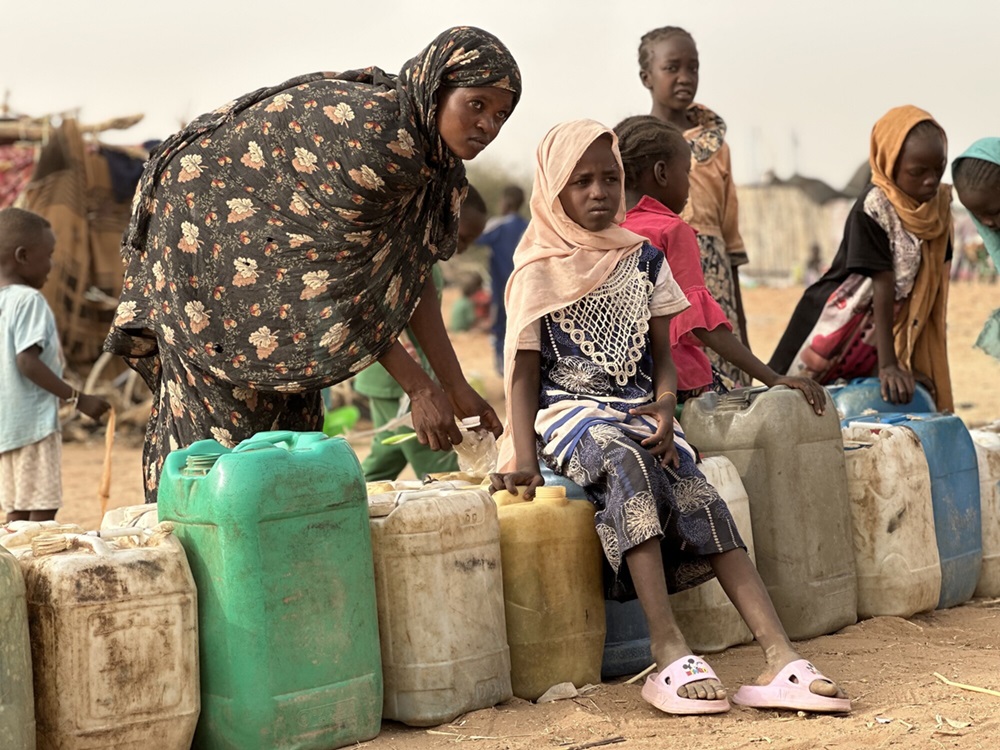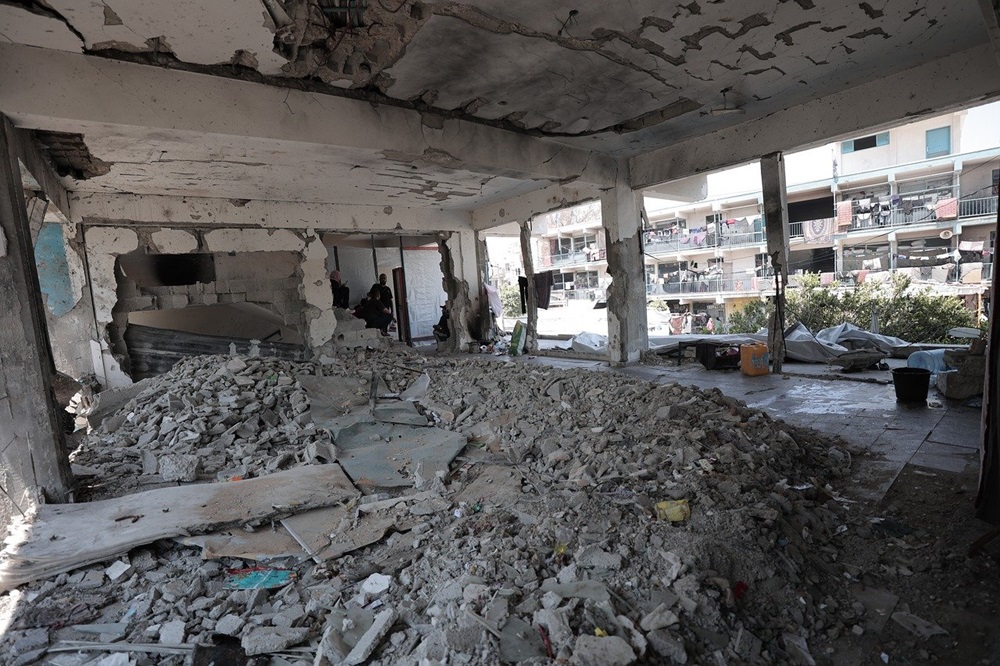Tawila on the Brink: Darfur Displacement Crisis Deepens as Cholera Spreads
- Kingston Bailey
- Africa
- Breaking News
- July 11, 2025

Image Credit, IRC
A massive surge of displaced people fleeing violence in Sudan’s Darfur region is pushing the small town of Tawila into a full-blown humanitarian crisis. Over the past three months, nearly 379,000 people have arrived in Tawila after escaping brutal assaults and a year-long siege in Al Fasher and Zamzam Camp. The majority of those arriving—around 70 percent—are women, children, and people with disabilities. Many made the journey on foot, carrying the trauma of massacres, sexual violence, and famine with them. The rainy season has now begun, and with it comes the deadly convergence of torrential storms, hunger, and a spreading cholera outbreak that could devastate already weakened communities.
Tawila has transformed from a quiet town into a sprawling emergency zone. Four new camps have been hastily constructed to try to absorb the displaced, but they are already overwhelmed. Humanitarian agencies operating in the area say their limited stockpiles of food, clean water, and shelter materials—prepositioned in anticipation of the rainy season—have been exhausted. Families are sleeping under straw roofs in the open, often without mattresses or blankets. Clean water is almost nonexistent, and the lack of latrines is creating a perfect storm for the spread of disease.
The Norwegian Refugee Council’s June 2025 assessment shows a system on the edge of collapse. In the four camps assessed, housing 213,000 people, only 10 percent have reliable access to water. Less than 10 percent of households have access to latrines, meaning tens of thousands are left with no safe sanitation. Food is so scarce that most families report surviving on one meal a day—or less. Children have been pushed out of school, with only 11 temporary learning spaces available for tens of thousands of displaced students. Protection concerns are high, with nearly 40 percent of women pregnant or lactating and 22 percent of households including someone with a disability, but there is little infrastructure to support their specific needs. While 60 percent of those surveyed said they intend to remain in Tawila long term, 27 percent said they have no plan at all, underscoring how disoriented and frightened many remain.
What these numbers fail to capture is the human suffering behind them. The recent raids on Zamzam and Abu Shouk camps in April left an estimated 400 people dead. Survivors have recounted scenes of mass killings, rapes, and the targeting of aid workers. People who escaped speak of entire communities being burned or shelled, and the decision to flee often meant risking death to avoid certain starvation or violence. Since April 2023, over 780,000 people have been displaced from the Al Fasher region, including nearly 500,000 in just the last two months. As of late June, nearly 437,000 people from Zamzam Camp alone had been tracked across 26 localities in four states, with most ending up in Tawila.

The arrival of the rainy season could mark a turning point—for the worse. Cholera has already been detected in the overcrowded camps, according to UNICEF, and worsening weather conditions will make roads impassable, delaying the delivery of lifesaving aid. Families already living on the edge will soon be isolated by floods, with no food, clean water, or medical help. In Al Fasher, a separate assessment found that 38 percent of children under five are suffering from acute malnutrition, including 11 percent with severe acute malnutrition—a dangerous indicator that famine is already taking hold.
Aid workers on the ground are sounding the alarm. According to Shashwat Saraf, the Sudan Country Director for NRC, the situation is deteriorating rapidly. He warns that the opportunity to save lives is shrinking with each passing day. Humanitarian organizations are urging the international community to take immediate action by funding relief operations, removing bureaucratic barriers that delay aid delivery, and pressuring the warring parties to grant unhindered humanitarian access. Without urgent intervention, the crisis in Tawila could spiral into one of the worst humanitarian disasters Sudan has seen in decades.
The crisis in Tawila is not just a local emergency. It is a consequence of a prolonged and neglected conflict that has forced millions of people into cycles of displacement, violence, and despair. The world’s failure to act now will not only cost more lives but further destabilize a region already on the edge. Tawila’s future—and the future of hundreds of thousands seeking refuge there—now hangs in the balance.








